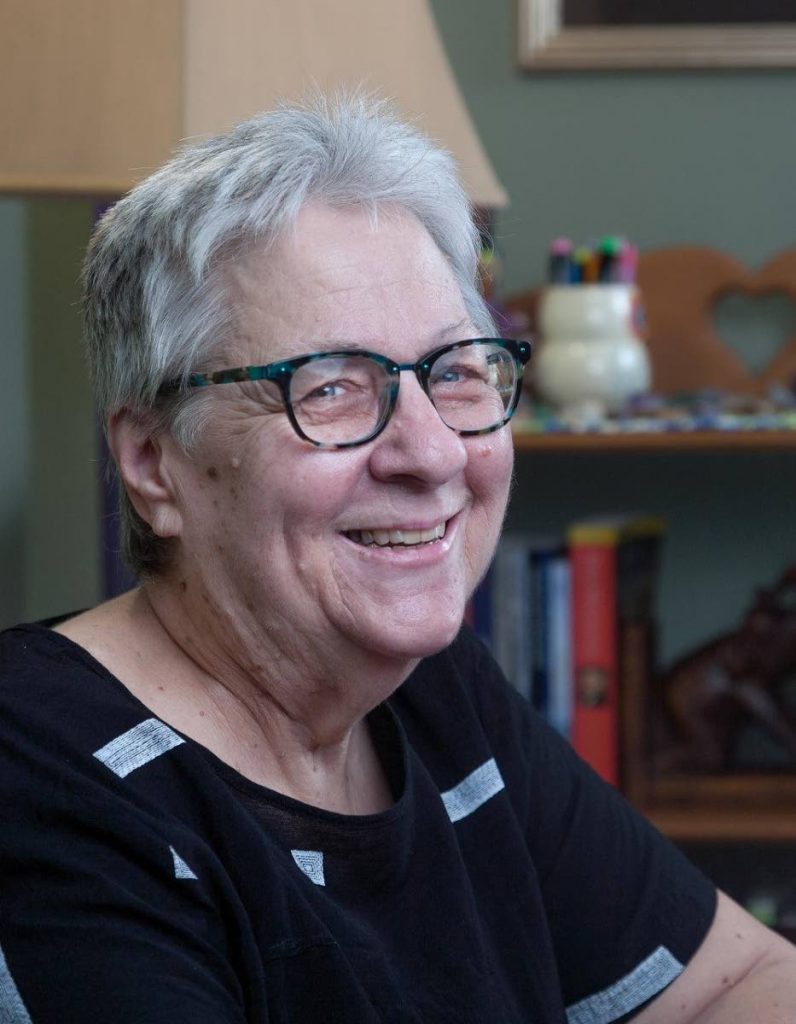Travels with a mystical misfit

SOMETIMES a book comes along that encourages me to confront my feelings about self-published books. Today, that happens to be Glimpses of a Mystical Misfit: a Trinidadian’s Search for Enlightenment by Frederick “Dharmbodh” Westmaas. If you don’t know the author, chances are you might know his brother and editor for this book, Jan Westmaas, who writes travel books. Brother Jan certainly stepped in to avoid the pitfalls of most self-published books, namely the absence of a good editor to catch typos and other mistakes.
Like his brother Jan, Frederick, a boxer, psychiatric nurse, adventurer, sculptor and “mystical misfit,” writes about his life and travels with humour and passion, and while it is easy to write off self-published books for circumventing the pain and process most writers have to go through to reach publication, a rare, good self-published book makes me realise how much we are missing by not having a thriving small publishing press, which offers the literature that traditional publishers don’t offer.
In the foreword of Westmaas’s autobiography, we learn of the author’s cataracts and failing eyesight that affected his writing process. Westmaas wrote his story on large arborite sheets, snapped digital pictures of them and then sent them to Jan to transcribe and edit. This kind of passion for writing should not go unnoticed and unrewarded.
Frederick Westmaas certainly redefines what we think of as Trinidad genetic callaloo with Dutch relatives of Jewish descent who end up in Suriname and British Guyana before his father was born in Trinidad in 1913. The fascinating journeys of his relatives, some of whom are Muslims and come from Sudan and Afghanistan, make for an interesting beginning for the story.
Westmaas's personal story unfolds as a child in the 50s growing up in central Trinidad from Caroni to Piarco. It offers a colourful glimpse of life in the countryside where friends experienced life outdoors. The descriptions, rich with imagery, offer a glimpse of life in the 50s and capture a time difficult to imagine now. Preserving these images through personal history is important for our history and culture.
Then there is the contrast of growing up with a grandmother in Laventille. Here the boy who discovered calypso and Shango rituals in the countryside is introduced to Carnival. As a troublesome boy, who loses interest in education, Westmaas develops an interest in arts and culture. Gravitating towards the arts took a real leap of faith in those days when education was a prized accomplishment. He also takes up boxing.
As Westmaas says, “Not all my experiences in my teens were hilarious. Some were nerve-wracking.” By the time he becomes a teenager, Westmaas has been expelled from Hillview College, and he is discovering mysticism and yoga.
Autobiographies are difficult to write effectively. They must be about a person’s life, but transcend that life to connect to the reader. All the interesting escapades in the world can’t grab a reader’s attention. The reader must relate to the author's themes and conflicts for an autobiography to be an enjoyable and memorable read. It helps to be light-hearted rather than heavy in an autobiography because readers don’t want to be bogged down in problems and personal details that are unrelatable. From the title, we gather Glimpses of a Mystical Misfit is going to be humorous.
Westmaas’s autobiography is a good balance between description and action. The author evokes important themes of friendship, family and cultural roots while showing that life is only worthwhile if you take chances, travel, experience life in as many different places as possible. You must possess a sense of adventure and purpose.
Most of all, Westmaas's life proves that taking chances pays off. Life is about what you learn, and school is not the be-all and end-all for learning. Westmaas’s experiences from childhood living all around Trinidad laid a foundation for expanding horizons and the chapters dealing with his journey to England to study nursing offer invaluable lessons about migration and the role cultural roots can play in adapting to a new environment. It is not shocking when Westmaas turns to sculpting as a form of artistic expression.
It is a privilege to witness the pioneers of the past who rebelled against society’s expectations and a colonial education. There are heroes in anyone who takes chances in life for the sake of art.
In the end, Westmaas makes a full circle back to his brother Jan, who introduced us to this autobiography. Glimpses of a Mystical Misfit is the story of a fascinating life rooted in the West Indies. Look for it in local bookstores.


Comments
"Travels with a mystical misfit"